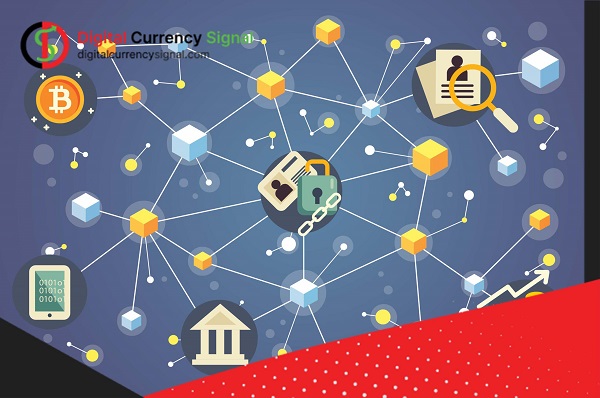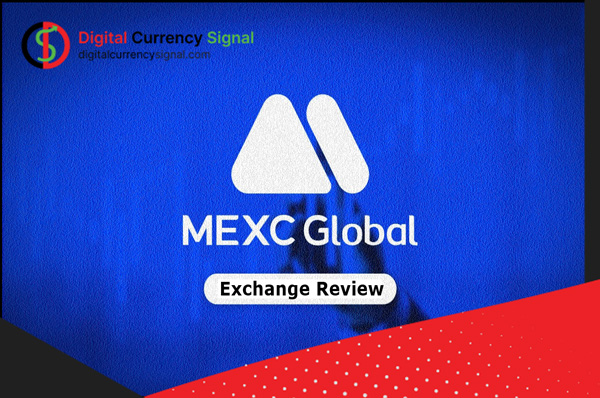Network difficulty or mining difficulty is a control function whose aim is to maintain a constant average time when a block is created on a blockchain network. In a minable digital currency like Bitcoin, the network difficulty variable is very important. Mining difficulty or network difficulty is one of the common terms in digital currencies. Anyone can do the mining process. The mining system is the solution to complex problems in each block. This problem is called a hash. By deriving the response from this hash, the transaction made in the block is confirmed. What is network difficulty? To learn about network difficulty or mining difficulty, stay tuned for the rest of this article from Digital Currency Signal.
What is network difficulty?
The network difficulty, or mining difficulty, is variable and aims to keep the average time to build a block on the network constant. The use of public blockchains is one of the main reasons for the popularity of digital currencies. The advantage of these blockchains is that their program is completely transparent and anyone can enter the network without any permission. Although operations related to mining are possible freely and to anyone, it should be considered that the basis of a digital currency that uses mining is the solution to a problem called the hash of each block; After solving the hash of each block, the transaction in that block is confirmed.
The hash of each block is one of the most important features of digital currencies and is the result of a function called a hash function. Hash functions in digital currencies take human transactions one way, then provide an output based on expressions with a fixed size and length. One of the most important characteristics of hash functions is that the main data cannot be accessed through the output.
What is the reason for the importance of network difficulties?
Network difficulty is a variable that keeps the average time it takes to create a block of digital currency constant over a certain period. This variability makes the digital currency flexible to increase or decrease the number of minas. If there is no network difficulty, with an increase in the number of miners, the average time to find each block will decrease to less than ten minutes. Also, there will be no restrictions for miners and blocks will be created in less than the specified time. Otherwise, this time can be seconds and we are facing the problem of inflation and overproduction of digital currencies.
How does network difficulty work?
As mining tools try to solve complex mathematical equations and random guesses to extract new blocks, with the increase in the number of these tools, they need less time to predict and find the correct answer. As a result, for this not to happen and to justify the time required to mine blocks in the blockchain network, this time must be maintained by changing the weight of the network.
A miner’s job is to find values below a certain target for each block and thereby help mine that block. The cryptographic network determines this target value for each block, and miners discover it by random guesses. By changing the number of targets miners have to guess, the difficulty of the network increases. This is done by adding zeros to the beginning of the target hash.
In general, miners operate based on the amount of profit received, and the difficulty index and hash rate of the network are very influential in this matter.
When does network difficulty change?
The difficulty level of the network changes every two weeks and every block in 2016. Each block takes 10 minutes, which takes a total of two weeks to change the difficulty level of the network. An important point in this issue is how to calculate this difficulty. For example, sometimes the 10 minutes is not fixed and is counted as an average, and sometimes the average extraction is 9 minutes; In this case, the time of network difficulty changes and is calculated by multiplying 2016 by 9. Now, if the network difficulty is less than 10 minutes, the mining time of each block will exceed 1 in 10 minutes and within the limit of 2016 blocks, and this means that every 10 minutes 1 block and 0.1 blocks will be created.

In general, if the number is greater than 1, it means that obstacles that are not good enough have been removed; So to increase the network to 10 minutes, you have to decrease the network difficulty. It should be noted that the difficulty of the network is within a certain range and cannot be taken up or down.
Which digital currencies have network difficulties?
Digital currencies that can be mined or whose mechanism is proof-of-work require network difficulties to control and manage the number of miners. After reading this article, you might think that Bitcoin is the only digital currency to mine, but you should know that Ethereum, ZCash, Green, and Monero are known as the best digital currencies. The problem of network difficulties is very important for digital currencies that can be mined with a limited amount.
By increasing or decreasing the difficulty of the network, it keeps the block generation time constant after every 10 minutes. If this time decreases or increases, the difficulty of the network will adjust itself according to the number of miners so that the ratio returns to the desired standard state. The hard work basis of all digital currencies is similar. Of course, it is better to check the difficulty of the network before starting mining for digital currency so that you don’t need to spend more money to compete.
Relationship Between Network Difficulty and Bitcoin Price
Network difficulty and the price of Bitcoin are closely related. If the price of Bitcoin increases, mining will become more profitable, so more people will mine and this will increase the difficulty of the network. If prices fall, some miners will find that the rewards from the network cannot cover the cost of their electricity consumption. Because of this, it will most likely kill the miner. As a result, the difficulty of the network has been reduced.




